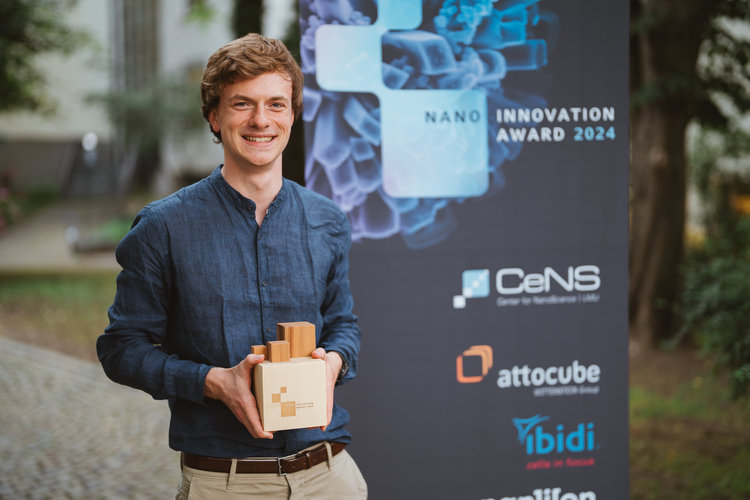In recent developments within quantum computing, researchers have introduced an innovative approach to fabricating airbridges using tantalum, marking a significant advancement in superconducting quantum processor technology. This development addresses critical needs in quantum chip performance and scalability.
Tantalum has emerged as a promising alternative to traditional materials like aluminum and niobium, primarily due to its superior fabrication stability. Empirical evidence shows that tantalum-based transmon qubits can achieve impressive coherence times of several hundred microseconds, positioning it as a viable material for quantum computing applications.
Airbridges, which are free-standing metallic crossovers, play multiple crucial roles in superconducting quantum processors. They serve as ground plane crossovers alongside signal lines, helping improve coherence in both coplanar waveguide resonators and qubits. They accomplish this by equalizing potential differences and reducing slot-line modes. Additionally, these structures can function as control line jumpers or coupling elements, enabling enhanced signal transmission and increased wiring density through spatial architectures.
The research presents a novel lift-off method for fabricating airbridges using a two-layer photoresist approach. This method’s key innovation lies in its compatibility with all known superconducting materials, with particular effectiveness for tantalum. The process involves using an aluminum film barrier as a sacrificial layer, which is partially removed before film deposition. A second photoresist layer is then applied while maintaining the airbridge scaffolds’ integrity. Importantly, tantalum-based quantum chips with tantalum airbridges can undergo piranha solution cleaning to remove residual photoresist and particles.
Performance testing of these tantalum airbridges revealed impressive results. When used as control line jumpers and ground plane crossovers, they demonstrated excellent connectivity and low loss characteristics. Microwave crosstalk measurements showed performance better than -30 dB (with a median of -45 dB), while flux crosstalk remained below 9.7 × 10⁻⁴ (with a median of 1.4 × 10⁻⁴).
To demonstrate scalability, the researchers developed a 13-qubit tunable coupling superconducting quantum processor using tantalum film-based technology with fully-capped tantalum airbridges. This processor achieved a median T1 exceeding 100 μs. Randomized Benchmarking tests showed exceptional performance, with median single-qubit gate fidelity reaching approximately 99.95(2)% for isolated-RB and 99.94(2)% for simultaneous RB.
The research also explored the potential of tantalum airbridges for non-local coupling in fault-tolerant quantum computation and quantum simulation. Direct qubit-qubit connections via tantalum airbridges were successfully implemented, providing additional spatial coupling freedom without compromising coherence time. Two-qubit controlled-Z (CZ) gate fidelity achieved an impressive 99.2(2)% through Randomized Benchmarking.
This comprehensive study demonstrates that tantalum airbridges represent a viable and promising approach for fabricating high-performance quantum processors. The technology addresses key challenges in quantum computing architecture while maintaining excellent coherence properties and gate fidelities. The success of this approach, particularly in the context of the 13-qubit processor implementation, suggests that tantalum-based elements could play a significant role in the future development of quantum computing hardware. The combination of improved fabrication methods, demonstrated scalability, and strong performance metrics positions this technology as a valuable contribution to the field of quantum computing.
npj Quantum Information, Published online: 29 January 2025; doi:10.1038/s41534-025-00972-8




